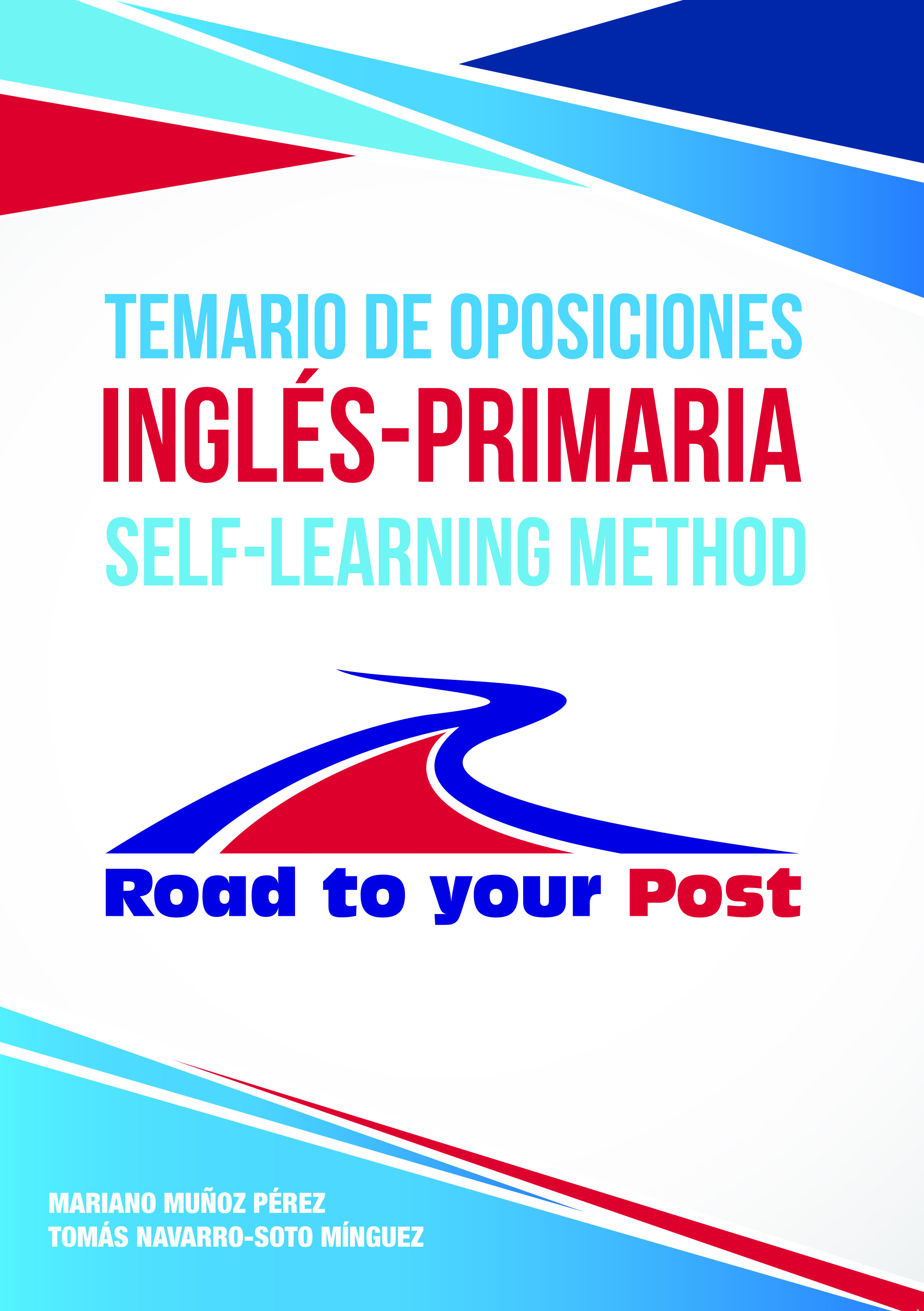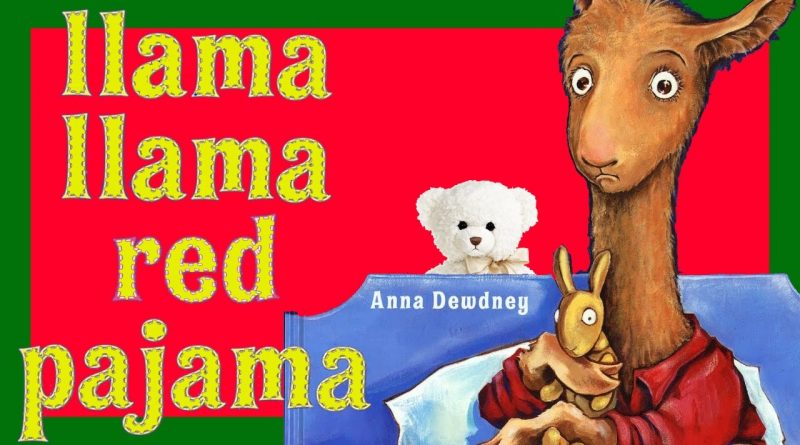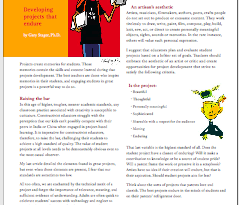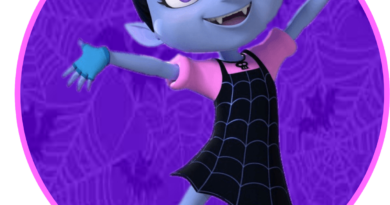Llama Llama, red pajama. The power of literature.
The power of literature. Llama, llama, red pajama.
Text extracted from: Método de resolución de casos prácticos. Self-learning method. Road to your Post.
Follow us on: https://www.facebook.com/OposicionesInglesRP/
https://shop.oposicionesingles.com/
“Recent trends suggest that reading constitutes one of the key elements for the development of communicative competence in a FL; and also a weighty factor for the attainment of the learning standards and the different related competences. As FL teacher, you must explain how the curriculum considers the aforementioned assertion. Similarly, you should present practical and original proposals for the development of the reading skill from the FL .
After a couple of readings, we may come up with the following KW:
“Recent trends suggest that reading constitutes one of the key elements for the development of communicative competence in a FL; and also a weighty factor for the attainment of the learning standards and the different related competences. As FL teacher, you must explain how the curriculum considers the aforementioned assertion. Similarly, you should present practical and original proposals for the development of the reading skill from the FL area.”
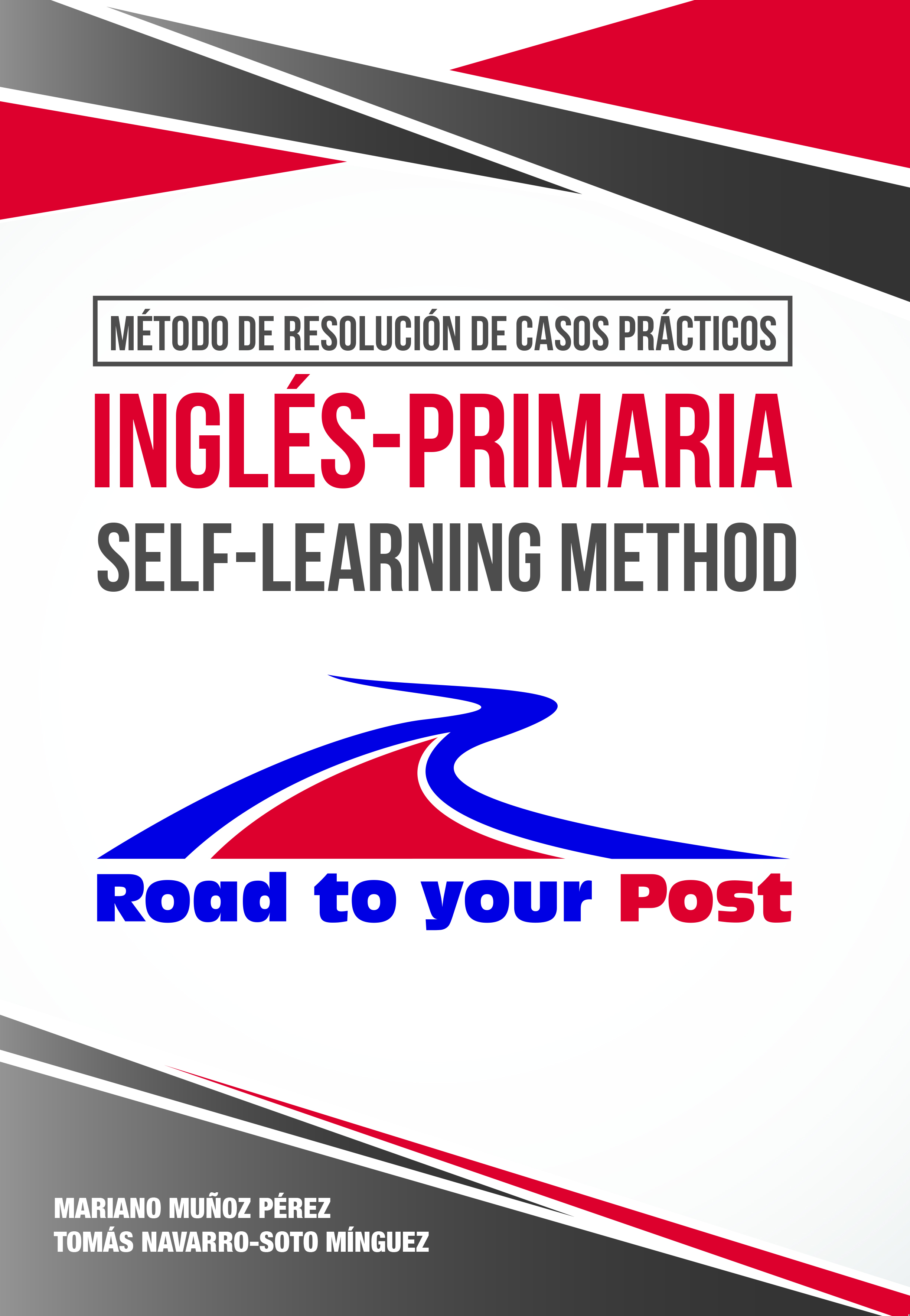
Text extracted from: Temario de oposiciones Inglés-Primaria. Self-learning method:
TOPIC 15.
Most adequate literary periods, authors and genres to be used in English lessons. Typology of texts.
1. Introduction
• Communicative competence (RD 126) definition.
• Literature is in line with Communicative Language Teaching principles.
• Literature can enhance meaning and learning – facilitated through involvement and joy.
• Analysing the different literary periods, authors and genres in order to draw an overall picture.
• The teacher should use the target language for the organization of literature, because it promotes language learning.
2. Most adequate literary periods
• Industrial Revolution.
• Recent phenomenon – the spread of mass education.
• Cultural manifestation.
• Enlightenment Thought/ middle class/ emancipation of women-children`s literature/ Romanticism.
3. Authors and genres to be used in English Lessons• Cultural manifestation – Cultural awareness and expression. To appreciate and enjoy art and other cultural manifestations, showing an open and receptive attitude towards multicultural artistic manifestations; to preserve the own cultural heritage; and to foster creativity.
• Distinction: narrative, poetry and drama.
• 19th century – written form with illustrations.
• 20th century – vast expansion of topics. + Limericks and Riddles.
4. Typology of texts
• Development of Communicative Competence.
• CEFRL – legal framework.
• Different kind of texts.
• Mass Media.
• Authentic texts – non – authentic texts. David Nunan – “learners should be fed as rich a diet of authentic data as possible, because, ultimately, if they only encounter contrived (adapted) dialogues and listening texts, their learning task would be made more difficult”.
5. Conclusion
• Children`s literature along history.
• Unvaluable tools. These tools intend the classroom to become more vivid, colourful and interesting to all our students.
• There is a world of resources available for FL teachers, depending on our training, motivation, time and imagination.
• Literature has an intrinsic and engaging power that facilitates catching our learner`s attention.
